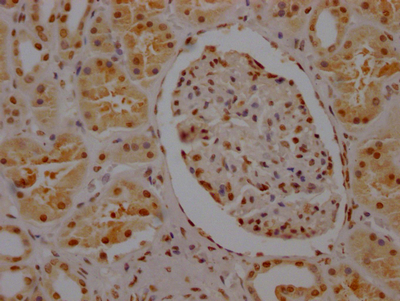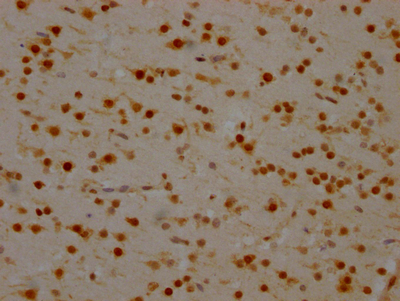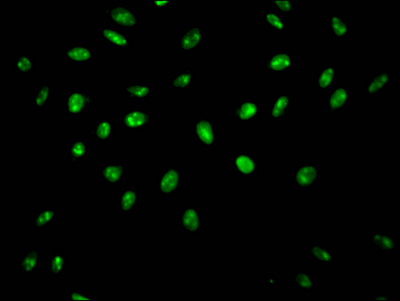SYNCRIP, also known as hnRNP Q or NSAP1)0, is an evolutionarily conserved RBP across eukaryotic organisms and participates in regulating various aspects of neuronal development and plasticity. It plays important role in neuronal, myeloid leukemia stem cell, and muscular development. Abnormal expression of SYNCRIP is associated with immune response disorders and neurodegenerative disorders. On the RNA side, SYNCRIP has multiple roles in the control of RNA metabolism through recognizing a variety of sequences and regulating pre-mRNA splicing, translation, transport as well as degradation.
The main steps in the production of this SYNCRIP recombinant antibody include immunization; harvest of positive spleen cells; obtaining the antibody sequence by screening and sequencing; expression of the target antibody in mammalian cells; purification. The SYNCRIP antibody was produced recombinantly and has many advantages: high reproducibility, specificity and scalability. And has been validated in ELISA, IHC, IF.








